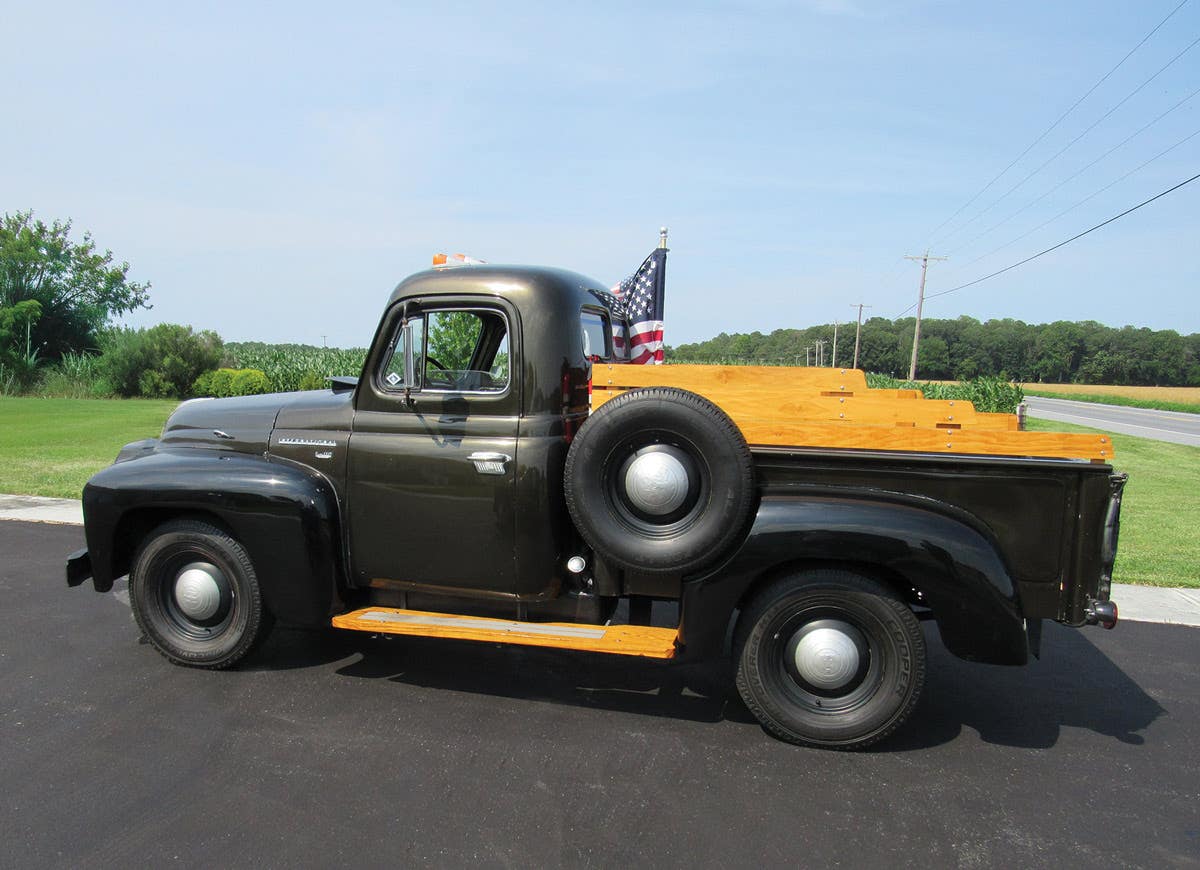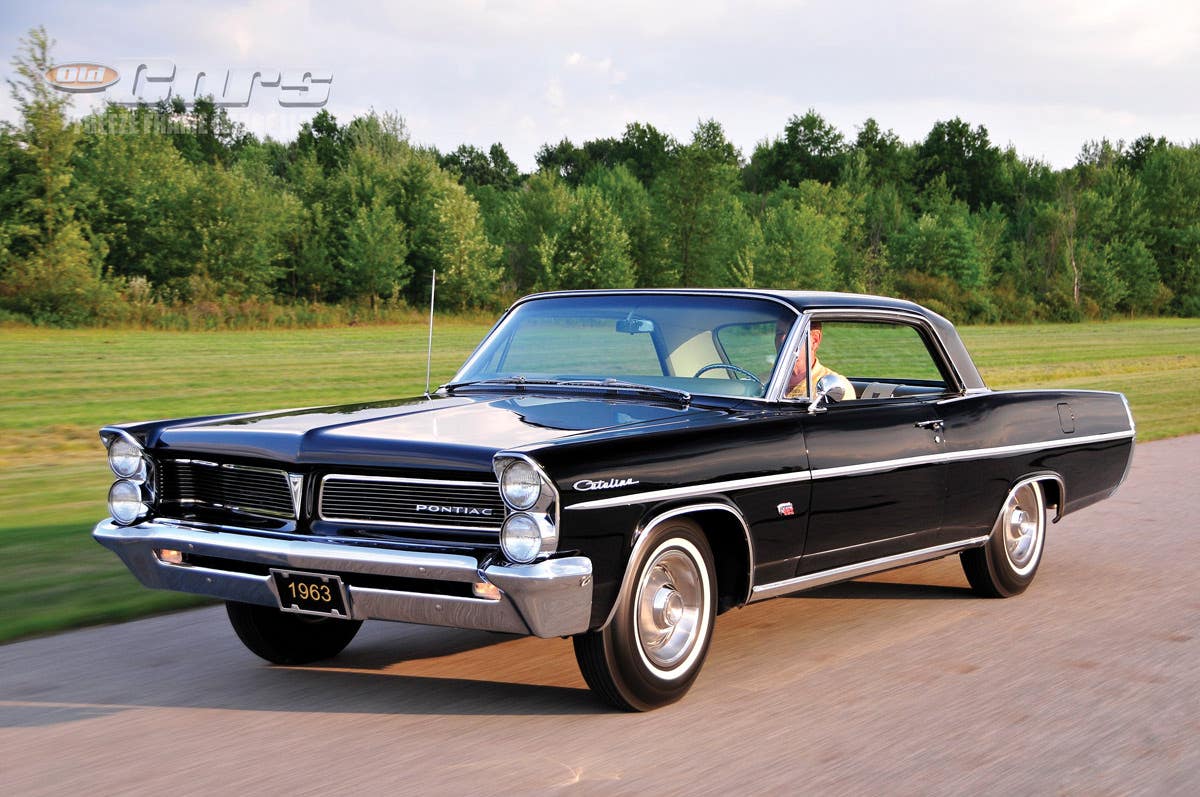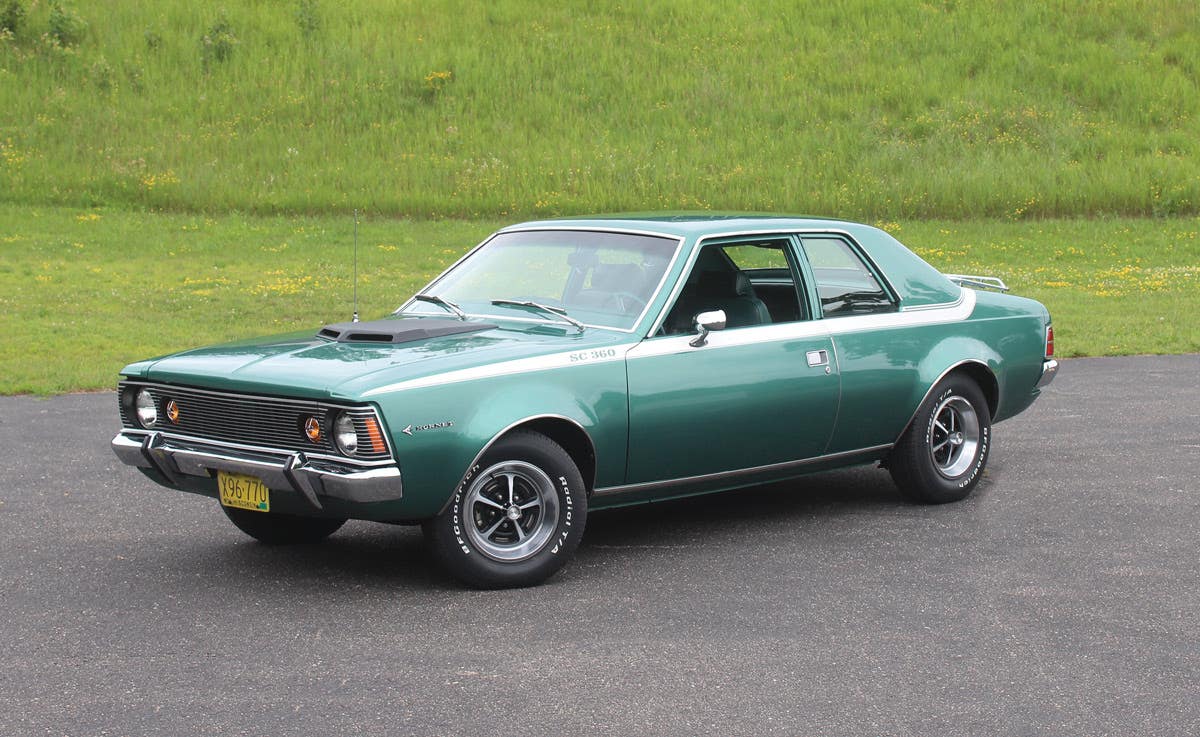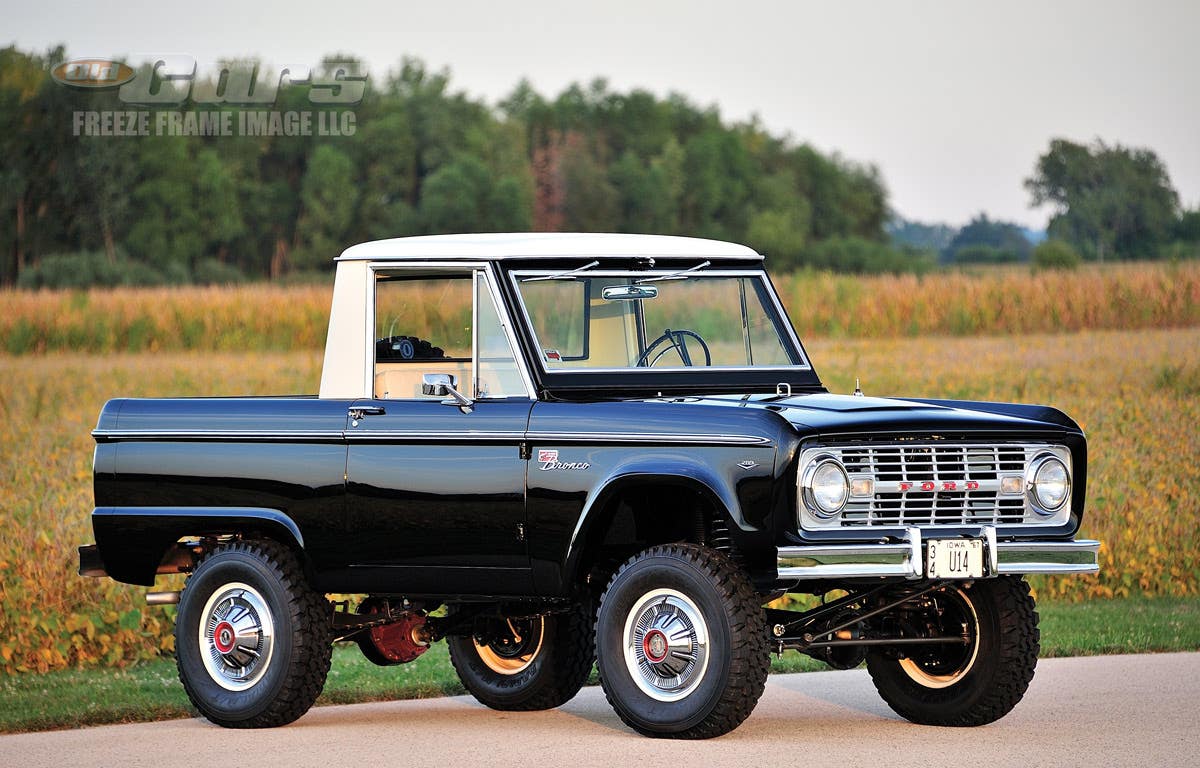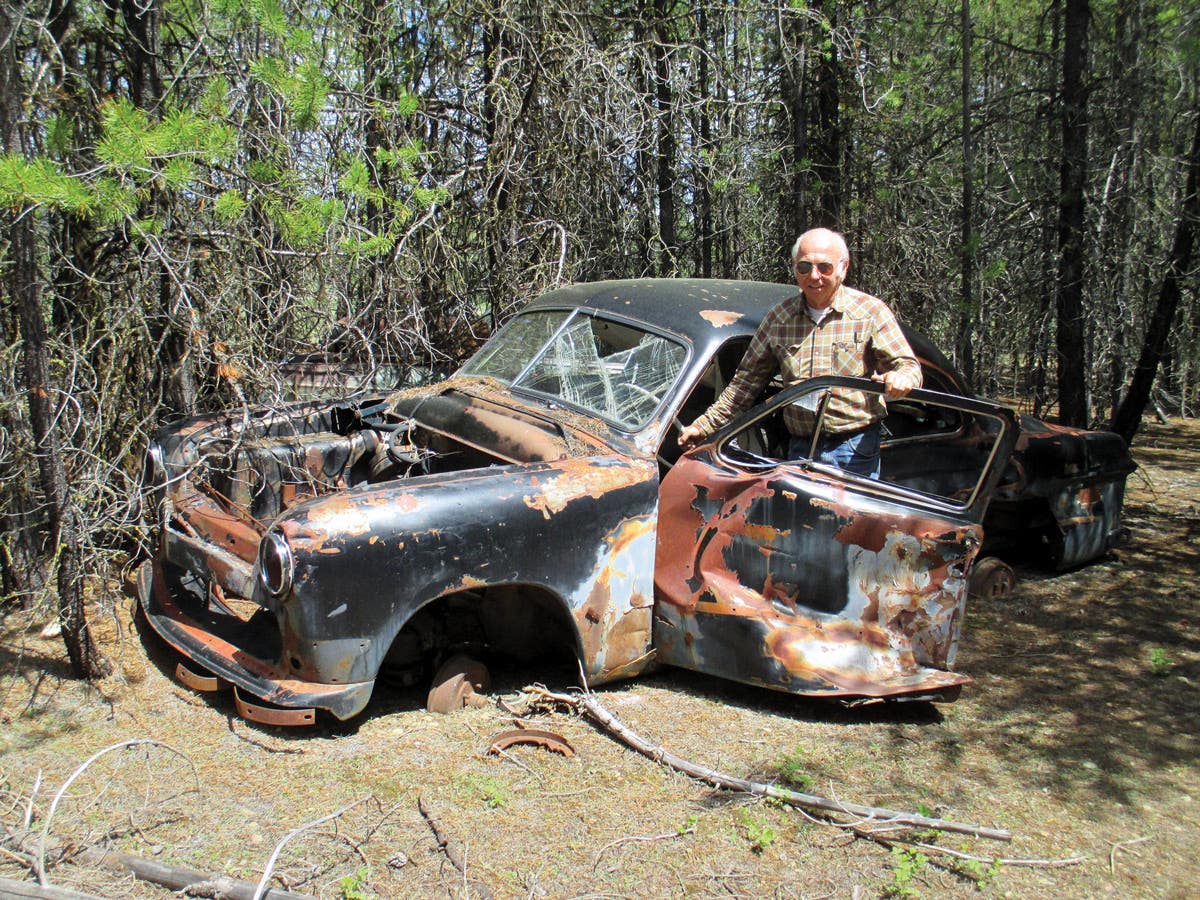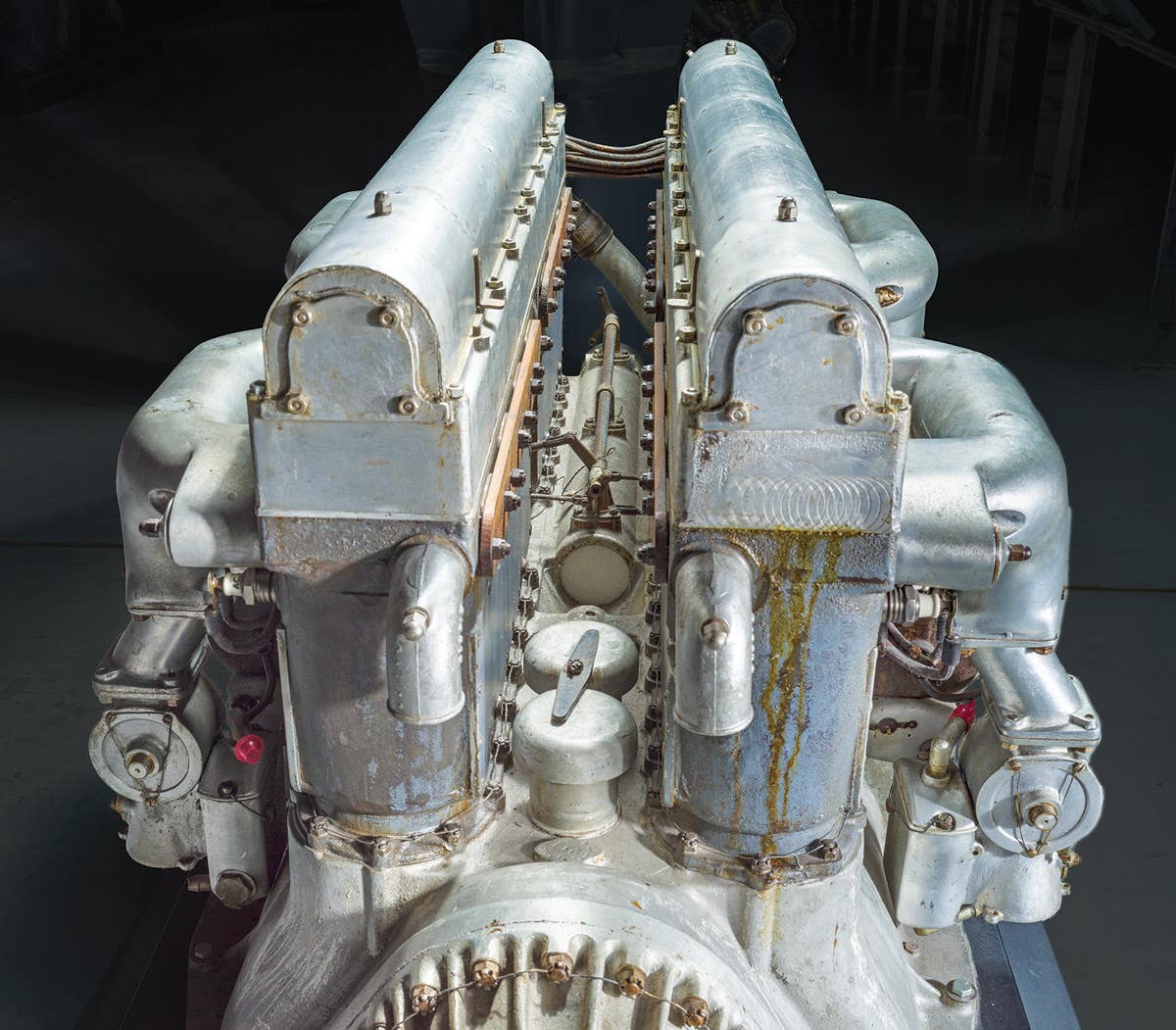Car of the Week: 1948 Plymouth Special DeLuxe
When Nicholas Essinger finally got around to buying a car from the 1940s, he made sure he got a nice one. Today, he is the proud owner of a meticulously maintained 1948 Plymouth Super DeLuxe four-door sedan.
By Brian Earnest
Nicholas Essinger waited a long time to fill a hole that had formed in his car collecting resume. Somehow, though, many vehicles had come and gone from his garage, yet Essinger had managed to miss out on owning a car from the 1940s.
And when he finally became serious about finding a 1940s machine, he made sure he bought a nice example. Today, he is the proud owner of a meticulously maintained 1948 Plymouth Special DeLuxe four-door sedan, which Essinger figures is one of the nicest collector cars around for the money, and a stellar survivor from an often-overlooked period in the old car hobby.
“I had cars from 1950s, ’60s, ’70s and ’80s. And I had cars from ’20s and ’30s, but I never had a car from the 1940s,” said Essinger, a retiree from Troy, Ohio. “Well, I’ve always been a fan of Chrysler, and I figured if I can’t have a super-great Packard — and I’ve already had one of the those — I figured I’d look for a Chrysler.”
Essinger did a little homework on late-1940s cars, talking to owners of such vehicles and “learning what was good and bad about their cars,” and in May of 2009, he came across an unexpected opportunity. During a phone visit about 1948 Plymouths, the owner of one offered him a deal he couldn’t refuse. “I had called one fella, and we had actually been having a conversation for several hours, and he said, ‘Nick, you seem like a pretty reasonable guy, I’ll sell it to you.’ I had no plans to try to buy his car and didn’t know he’d want to sell it to me, but we worked things out and came to an agreement.
“He lived in Maryland, and two friends of mine and I drove to Maryland with a closed box trailer to pick up the car… It took a little time to clean it all up, but we were so amazed at how well it ran, and how beautiful it was.”
The car had 69,025 miles when Essinger became its third owner. The previous owner had been a master mechanic and director of the Maryland State Police Motorpool. “It drives very well, because it’s obviously been taken car of,” Essinger said. “The original owner certainly didn’t drive it much, and the man I bought it from probably only drove it a couple thousand miles … Back in 2007, he had taken it to Hershey for the AACA Nationals and it won the HPOF Award.”
The bad news for Plymouth buyers in 1948 was that the models from that year were almost exactly the same as the previous year. The company mandated that few changes would be made to the ‘47s which, in turn, were almost identical to the ‘46s. So there wasn’t much new happening at Plymouth immediately after the close of World War II. The reason for keeping the status quo was pretty simple: for most car makers at the time, business was booming. Customers were lining up to get new cars, and while trying to meet demand, automakers were also concerned with bringing out a fresh, new car when the pent-up immediate postwar demand had been met. And designing and engineering new cars took time.
The good news is that the Plymouths were pretty stylish and had plenty going for them, even without any updates. The Special DeLuxe Six was the top end of Plymouth’s two-tier lineup during that period — one stop above the base Deluxe Six. The Special DeLuxes were identified by their lettering at the rear corner of the hood and bright metal trim around the windshield. The one-step-up standard features on the Special DeLuxe included sun visors, glove box, windshield wipers, wind vents for the sedans and rear bumper fender guards.
Other base equipment included All-Weather ventilation, front sway bars, front coil springs, and a front four-bar grille that wrapped slightly around the fenders.
The only engine was the familiar L-head 217.8-cid six-cylinder that used a one-barrel Carter carburetor to produce a modest 95 hp.
A convertible and wood-bodied station wagon were available only as Special DeLuxes. The other models in the series included a two-door coupe, two-door club coupe, two-door sedan and four-door sedan. The four-door sedans were the top sellers by far with 514,986 rolling off assembly lines for the 1948 model year. That was more than the rest of the lineup combined. They weighed in a 3,045 lbs and carried a base price of $1,529 — up about $400 from the previous model year.
Essinger’s car came wearing Cruiser Maroon paint and was outfitted with many of the most popular options for the time: AM radio and antennae, Twin All Weather heater and defroster, Airfoam seat cushions, dual outside mirrors, spotlight, fog lights, backup light, illuminated hood ornament, bumper guards and grille guard, wheel trim rings and whitewall tires. The bill of sale came to a hefty $1,858 on Essinger’s Plymouth, “which was more than most families made in a year,” he noted.
Essinger’s car received a new paint job back in 1994, but beyond that, it is very original. He noted that the turn signals were not factory-issue — they were either a dealer-installed item “or a complete aftermarket unit.” The original grille guard was also replaced at some point.
“That beautiful Cruiser Maroon color was the original color,” he said. “The balance and alignment were the biggest help to the entire car, because it still has the bias-ply tires on it. I did think about putting radial tires on it, but for $1,100, I decided I didn’t need the radials, and the tires are beautiful.
“It’s been mostly routine maintenance. NAPA has been tremendous at helping me with parts. I needed a vacuum advance, and that was very hard to get. Otherwise, almost everything has come from NAPA — plugs, points, condenser, rotors, all those little things … I’ve got seat belts that I’m going to put on it, and I am waiting for some LED tail lights for it. And I did put a tachometer on it, because I want to be familiar with it and know what I can and can’t do with the car.”
So far, Essinger has added about 950 miles to the Plymouth’s odometer, and he figures that number will grow steadily in the next few years. “After I got it cleaned up I showed it at a concours event and it did very well,” he said. “I really enjoy the car and I’m well pleased with it. It’s a nice, big four-door sedan. I just like that flowing design to it. That’s quite pleasing.
“I love to drive it. It’s got that flathead six-cylinder in it, so it doesn’t have a whole lot of speed. I generally do not drive it on the interstate. I drove it 45-50 mph to the concours, but my son followed me closely the whole way. I’m an old man and I drive it like an old man!”
*As an Amazon Associate, Old Cars earns from qualifying purchases.



